PNPG

PNPG structure
|
Common Name | PNPG | ||
|---|---|---|---|---|
| CAS Number | 2492-87-7 | Molecular Weight | 301.249 | |
| Density | 1.6±0.1 g/cm3 | Boiling Point | 582.2±50.0 °C at 760 mmHg | |
| Molecular Formula | C12H15NO8 | Melting Point | 165-168 °C | |
| MSDS | USA | Flash Point | 305.9±30.1 °C | |
| Symbol |


GHS07, GHS08 |
Signal Word | Warning | |
Use of PNPGPNPG(4-Nitrophenyl-β-D- glucopyranoside) is a chromogenic β-D-glucosidase substrate, producing a yellow solution upon cleavage. |
| Name | 4-NITROPHENYL-β-D-GLUCOPYRANOSIDE |
|---|---|
| Synonym | More Synonyms |
| Description | PNPG(4-Nitrophenyl-β-D- glucopyranoside) is a chromogenic β-D-glucosidase substrate, producing a yellow solution upon cleavage. |
|---|---|
| Related Catalog |
| Density | 1.6±0.1 g/cm3 |
|---|---|
| Boiling Point | 582.2±50.0 °C at 760 mmHg |
| Melting Point | 165-168 °C |
| Molecular Formula | C12H15NO8 |
| Molecular Weight | 301.249 |
| Flash Point | 305.9±30.1 °C |
| Exact Mass | 301.079773 |
| PSA | 145.20000 |
| LogP | -0.55 |
| Vapour Pressure | 0.0±1.7 mmHg at 25°C |
| Index of Refraction | 1.648 |
| InChIKey | IFBHRQDFSNCLOZ-RMPHRYRLSA-N |
| SMILES | O=[N+]([O-])c1ccc(OC2OC(CO)C(O)C(O)C2O)cc1 |
| Storage condition | 2-8°C |
| Symbol |


GHS07, GHS08 |
|---|---|
| Signal Word | Warning |
| Hazard Statements | H302-H371 |
| Precautionary Statements | P260 |
| Hazard Codes | Xn: Harmful;Xi: Irritant; |
| Risk Phrases | R20/21/22;R68;R36/37/38 |
| Safety Phrases | S36/37 |
| RIDADR | NONH for all modes of transport |
| WGK Germany | 3 |
| HS Code | 2932999099 |
| Precursor 8 | |
|---|---|
| DownStream 10 | |
| HS Code | 2932999099 |
|---|---|
| Summary | 2932999099. other heterocyclic compounds with oxygen hetero-atom(s) only. VAT:17.0%. Tax rebate rate:13.0%. . MFN tariff:6.5%. General tariff:20.0% |
|
Kinetic characterization of glycosidase activity from disaccharide conjugate to monosaccharide conjugate in Caco-2 cells.
J. Pharm. Pharmacol. 57(5) , 661-4, (2005) Glycosidase activity influences the intestinal absorption of glycosides. Our previous study in rats suggested that disaccharide conjugates might be prototypes for pre-prodrugs aiming at the Na(+)/gluc... |
|
|
Purification and some properties of a beta-glucosidase from Trichoderma harzianum type C-4.
Biosci. Biotechnol. Biochem. 65(9) , 2028-32, (2001) Type C-4 strain of Trichoderma harzianum was isolated as a microorganism with high cellulolytic activity. Beta-glucosidase is involved in the last step of cellulose saccharification by degrading cello... |
|
|
Extraction, partial characterization, and storage stability of β-glucosidase from propolis.
J. Food Sci. 76 , C75-79, (2011) Extraction and assay conditions for β-glucosidase from propolis were optimized. Highest enzyme activity was obtained in a citric acid-disodium hydrogen phosphate buffer at pH 6.0 with 2.5% insoluble p... |
| EINECS 219-661-3 |
| 4-Nitrophenyl-beta-D-glucopyranoside |
| β-D-glucopyranoside, 4-nitrophenyl |
| 4-Nitrophenyl β-D-galactopyranoside |
| 4-Nitrophenyl-β-D-glucopyranoside |
| 4-Nitrophenyl β-D-Glucopyranoside Monohydrate [Substrate |
| p-Nitrophenyl-Beta-D-Glucopyranoside |
| 4-Nitrophenyl beta-D-glucopyranoside |
| 1-O-[P-NITROPHENYL]-β-D-GALACTOPYRANOSE |
| β-D-Galactopyranoside, 4-nitrophenyl (9CI) |
| 4-Nitrophenyl β-D-glucopyranoside |
| β-D-Galactopyranoside, 4-nitrophenyl |
| P-NITROPHENYL-B-D-GLUCOSIDE |
| 1-O-P-NITROPHENYL-D-GLUCOSE |
| MFCD00006593 |
| β-D-Glucopyranoside, 4-nitrophenyl (9CI) |
| para-Nitrophenyl b-D-glucopyranoside |
| p-Nitrophenyl β-D-galactopyranoside |
| PNPG |
 CAS#:5987-78-0
CAS#:5987-78-0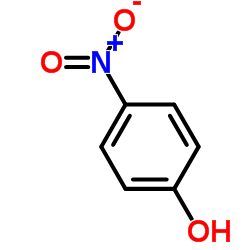 CAS#:100-02-7
CAS#:100-02-7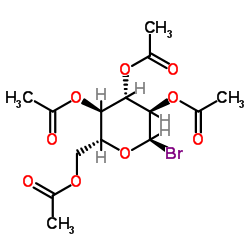 CAS#:572-09-8
CAS#:572-09-8 CAS#:133-89-1
CAS#:133-89-1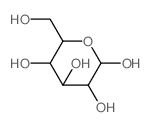 CAS#:2280-44-6
CAS#:2280-44-6 CAS#:604-69-3
CAS#:604-69-3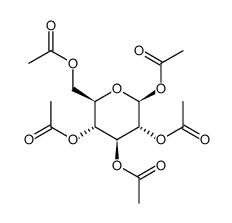 CAS#:83-87-4
CAS#:83-87-4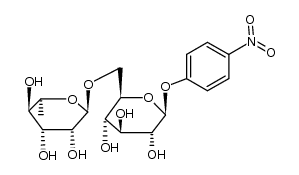 CAS#:39698-28-7
CAS#:39698-28-7 CAS#:3482-57-3
CAS#:3482-57-3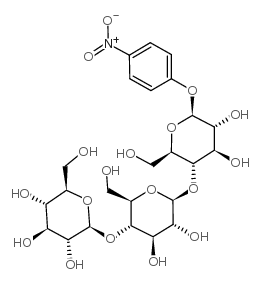 CAS#:106927-48-4
CAS#:106927-48-4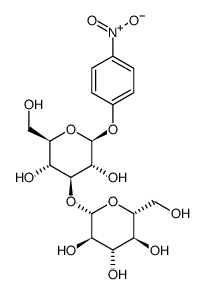 CAS#:26255-70-9
CAS#:26255-70-9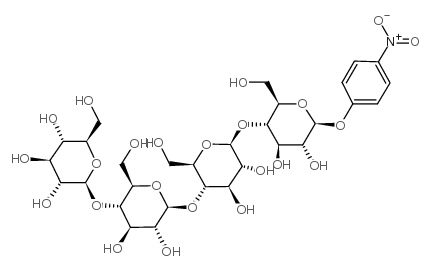 CAS#:129411-62-7
CAS#:129411-62-7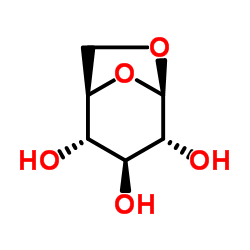 CAS#:498-07-7
CAS#:498-07-7 CAS#:17691-02-0
CAS#:17691-02-0 CAS#:85026-55-7
CAS#:85026-55-7 CAS#:78617-12-6
CAS#:78617-12-6 CAS#:4419-94-7
CAS#:4419-94-7
